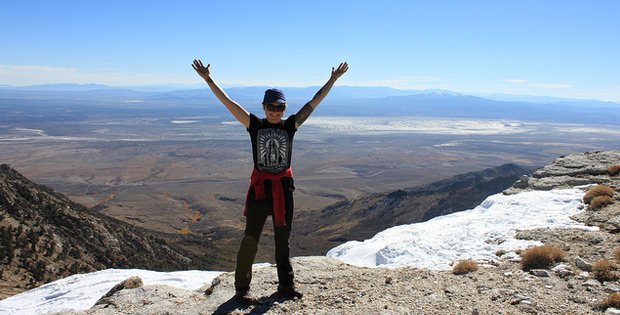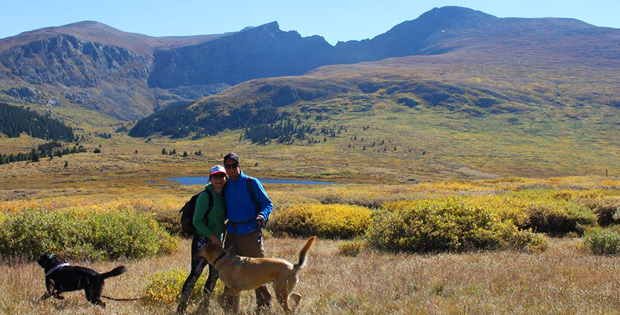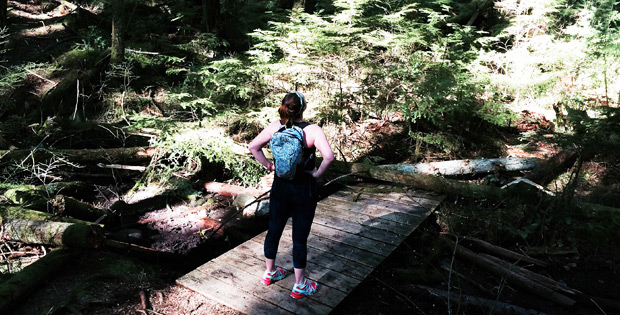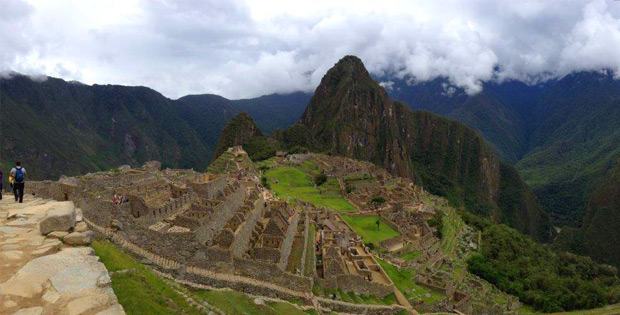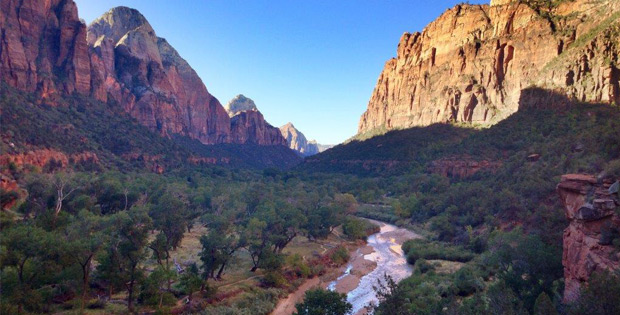Top Hiking Tips from Vega

Take a hike (but don’t leave)! Summer is your time to take back the trail, because nothing stands in your way (not even mountains). Hit a tough trail that has daunted you and share your story by tagging a picture on Instagram #VegaTeam. To inspire adventure we asked three Vegatopians about their favorite hikes, unique trail snacks, and any tips and tricks they cared to share.
Staying Safe on your Hike
Account Manager Rachael Scala grew up hiking around Reno, Nevada and has always loved being outside. “I love hiking because it’s a good base activity to get you outside without loads of equipment. Now that I live Colorado—the plethora of hiking—I have so many opportunities to do everything from day hikes to more remote treks. Hiking for me is to about getting outside and enjoying of nature.
“Before I head out for a hike I always ask myself these questions:
- How much time do I have?
- How far do I have to travel?
- What kind of hike am I looking for? Do I want to summit? Do I want elevation gain? Do I want to make it to lake? Or something else?
“You have to be prepared in nature because resources aren’t as close. Always go with someone (buddy system!) or tell a close friend or family member detailed information about where you are heading. Nutrition, hydration, and back-up hydration (like iodine tablets or a purifying pump) are also important. Always have a GPS app and base knowledge of navigation. Don’t forget layers, Mother Nature is fierce at times and you never know what weather is coming your way.
“For fuel I pack high energy, high calorie foods that taste good and will hold out in your pack: raw trail mix with golden berries, cacao nibs, and pistachios always make it into my pack. There’s no reason to skimp on calories, especially with all the unknowns. Nutrient-dense nut butters, sprouted crackers and Vega® Protein Bars are great options for flavor and energy. For 3 hours of hiking I bring my 1.5L CamelBak, with Vega® Sport Hydrator to replenish both water and electrolytes. If I’m gone for longer than 3 hours I’ll bring another liter bottle. Lastly, always plan on going with more rather than less to stay safe!”
Hiking Beautiful British Columbia
Morgan Dunn, Social Media Coordinator, goes anywhere and everywhere around Vancouver and Whistler to hike. “I love the North Shore, Squamish, and Whistler because there are so many different levels of hikes to explore. There are easy hikes with no incline, but good viewpoints, trails that go up and around mountains, day hikes, overnight backpacking routes, anything you could ask for! My favorite hike to take visitors to in Vancouver is Lynn Canyon Park (it’s a gorgeous suspension bridge that leads to a little, hidden, natural pool).
“Whenever I hike I bring a Vega Sport® Protein Bar. If it’s a long hike, I’ll bring some Vega Sport® Hydrator. For a day trip, I’ll bring a packed lunch and fresh fruit. I always wear sweat-wicking materials (I love lululemon), and bring a jacket in case weather rolls in or there’s an injury and I need to keep someone warm.”
Long Hikes
Carol Munro, Director of QA and R&D, started seriously hiking in 2007 when prompted by a good friend and has since hiked everywhere from Utah to Mexico, Peru and Tibet. “I’ve always hiked, but just day hikes. My girlfriend had a bucket list of things to do, and one of them was to hike the West Coast Trail. That’s when I started hiking more seriously, with a full 40+ pound pack and overnight trips. It’s a different kind of hiking—it’s heavy, you don’t hike normally, and you’re walking 7 to 8 hours on sand, roots, and unstable terrain. You can’t quit because there’s nowhere to go. You keep moving forward.
“I currently like 2-3 night trips. That gives you a couple of days to explore and relax. You have to make sure you’re having fun and you’re doing it not because you have to, but because it’s fun. I’m not a proponent of going all crazy to just prove a point.
“Now I have a bucket list for hikes. Top of the list are hiking Machu Picchu (Peru), Golden Ears (BC, Canada), and Annapurna (Himalayans). I hiked at the base camp of Everest but Annapurna has very different scenery. Everest is desolate, and dry—but can’t complain having Mount Everest in the backdrop. Annapurna has more variety of forests and mountains but is still pretty intense. Altitude sickness is the biggest factor in hiking through these bigger mountains. Training at sea level, nothing compares or prepares you for what to expect.”
What trails are you tackling this summer?
Related Articles
-
 Read article
Read articleHow Much Creatine Should You Take for Optimal Performance and Recovery?
Creatine is known to be an effective supplement for improving strength, endurance, and muscle recovery. Whether...
-
 Read article
Read articleFueling Recovery for Peak Performance: Why Tart Cherry, EAAs, BCAAs, and Glutamic Acid Matter
What you consume after a workout plays a key role in muscle repair, reducing soreness, and...
-
 Read article
Read articleHow Supplementing with Creatine Helps Boost Your Performance
Creatine is a naturally occurring compound found in your muscles. It plays a critical role in...

